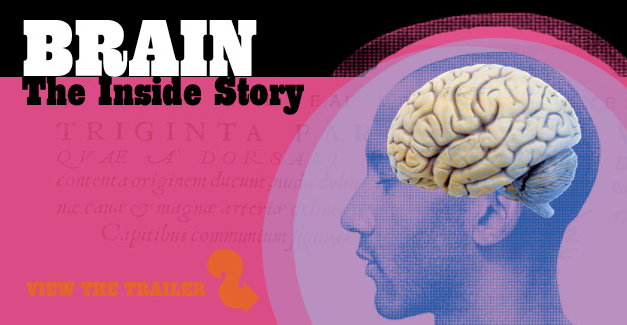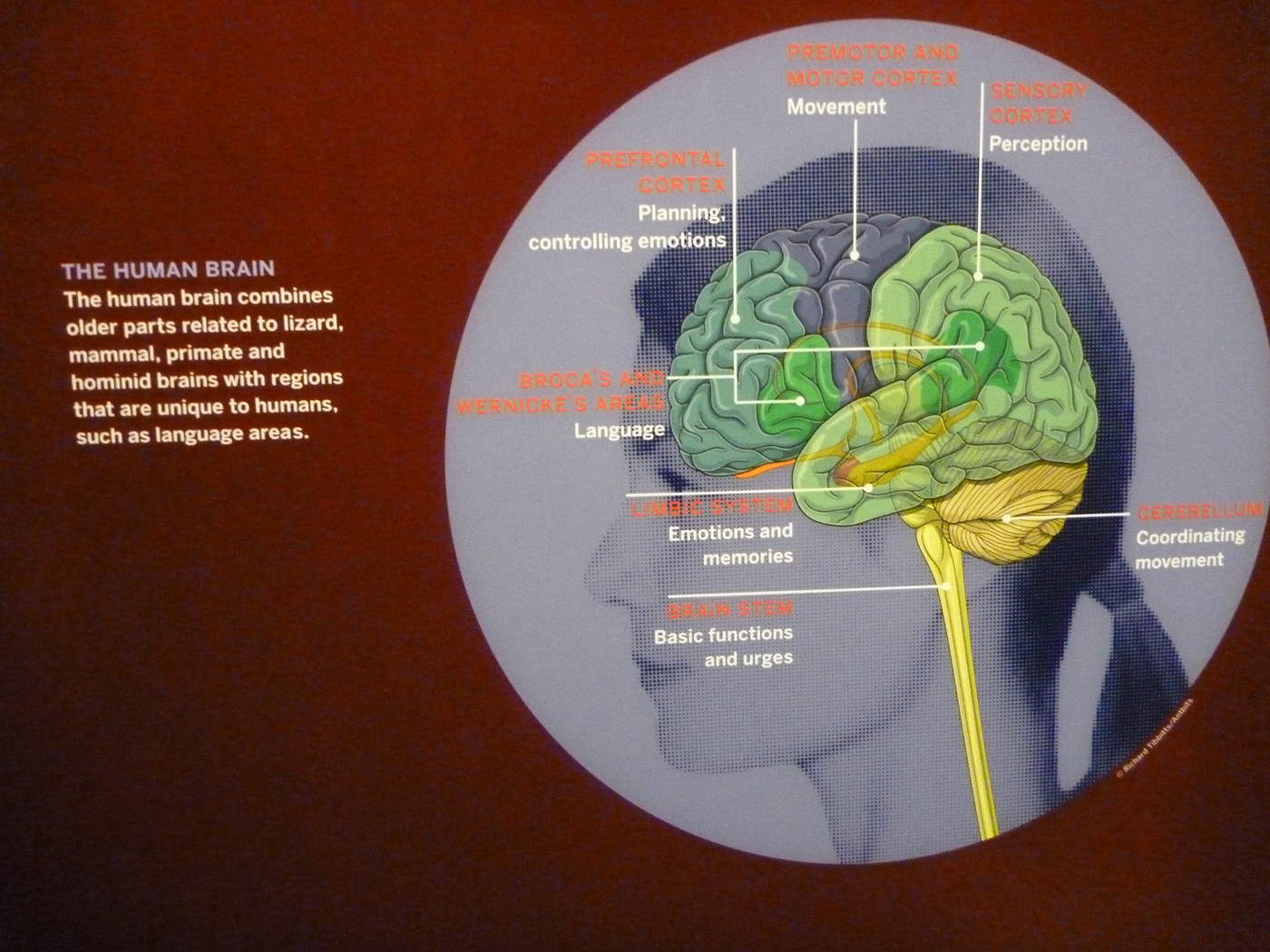Your Brain on Dance

One of the joys of being a teacher is figuring out how a student’s mind works. If I can understand how a student learns both generally and specifically, I can become a more effective teacher. The exhibit called The Brain at the American Museum of Natural History is an indispensible tool for both teachers and students alike. For me it was a game-changer.
There have been many breakthroughs in our understanding of the brain in the last decade, especially with the use of fMRI (functional magnetic resonance imaging), which allows us to see neural activity in the brain in real-time. For instance, fMRI can show how one part of the brain might be active if a person were to catch a ball but another part of the brain might be active if that person were thinking about an e-mail that he/she read yesterday.
This technology has given scientists a better understanding of how we process information and how that information is converted into action, like dancing.
 As a dance teacher, I look for many different ways to convey information about leading and following. I generally use a combination of three methods: sight (activating the visual cortex), touch (activating the somatosensory cortex), and hearing (activating the auditory cortex).
As a dance teacher, I look for many different ways to convey information about leading and following. I generally use a combination of three methods: sight (activating the visual cortex), touch (activating the somatosensory cortex), and hearing (activating the auditory cortex).
Most students also show preferences to learning spatially (seeing and understanding shapes), rhythmically (hearing and interpreting increments of time) or arithmetically (analytically understanding through counting).
The Brain exhibit helped me create a simplified sketch of how to further teach dance in an way that parallels the evolution of the brain:
Basic brain elements: Basic Movement
The Brainstem – connects the brain to the body.
The Cerebellum – coordinates movement.
The Basal Ganglia – controls involuntary and procedural movements (such as breathing and tying your shoes).
These basic brain elements can traced back to prehistoric times. They are the foundation of our complex brain activities. As a dance instructor, these are the sections of the brain that I have the least control over. They are some of the most deeply imbedded parts of the brain. Fortunately, if a student has been able to physically walk to the dance studio (from their home or car), there is probably enough existing basic brain connectivity to augment. Any new type of learned movement will activate and create new synaptic connections in the Brain Stem, Cerebellum and Basal Ganglia.
The Limbic System: Emotions & Memories
The Amygdala – handles emotions.
The Hippocampus – stores long-term memory (links parts of experiences to/from episodic memories).
These early mammalian parts of the brain help us connect emotions and long-term memories. As a dance instructor, these parts of brain are utilized to help connect movement with emotion (sharp movement for pop/happy song or slow movement for a romantic R&B song). The Limbic system interconnects the hippocampus and the amygdala to recall past experiences and associated emotions. The hippocampus is utilized to memorize movement either in the form of choreography or the basics of Hustle or West Coast Swing. According to this exhibit, it takes approximately 3 years to change the hippocampus – which is approximately the amount of time that most people need to change the look of their dance (from amateur to more proficient) through frequent repetition either in class or on the social dance floor.
The Cortex: Processes senses and thoughts
The Cortex processes senses and creates intended body movement. As a dance instructor this is “mission control”. I constantly try to get my students to interpret what they see, feel, and hear in order to create a lead or follow. The hard part is getting students to do it on their own, not just because I gave a verbal cue.
The Prefontal Cortex: Planning ahead, complex decisions, short-term memory
This is a subdivision of the cortex, but I find it very important to partner dancing. The prefrontal cortex helps us to plan ahead and have premeditation. It helps a dancer adjust to a mistake or even use a special dynamic move to accent a dynamic section of music. It’s about the now and making adjustments to influence the outcome of an immediately future situation. As a dance instructor, this is very difficult to teach. I have to be in touch with all the other aspects of the student's brain in order for this process to begin to work independently of my verbal cues. Watching a student’s prefrontal cortex influence their dance is the “holy grail” of teaching.
Chemicals of the Brain
When I first started my own dance business, I used to joke that I was a “drug dealer”. But it wasn’t such a joke – it’s mostly true. Dancing, and the socializing that goes along with partner dancing, activates the brain chemicals: Oxytocin, Dopamine and Endorphins. Oxytocin is associated with bonding and love and is released during activities such as birth, nursing, mating and other bonding moments. Dopamine is associated with the brain’s seeking system that generates desire (similar to the enjoyment of going shopping – or perhaps dancing with someone we like). Endorphins activate the brain’s pleasure center when you find for what you’re looking (good company, good music, fun times). So when we go dancing, we are enjoying a natural high.
Just the beginning
 Our understanding of the brain is just beginning. The brain is so complex that it’s almost impossible to discuss in simplistic terms. We have just begun to realize how interconnected everything is. Certain aspects, such as music and dance, activate so many parts of the brain simultaneously that it’s hard to understand how it’s even processed.
Our understanding of the brain is just beginning. The brain is so complex that it’s almost impossible to discuss in simplistic terms. We have just begun to realize how interconnected everything is. Certain aspects, such as music and dance, activate so many parts of the brain simultaneously that it’s hard to understand how it’s even processed.
Dance is featured in the American Museum of Natural History’s exhibit about the brain. The exhibit utilizes a video of a ballet dancer during an audition to explain fine motor skills, visual and auditory cortex processes and chemical reactions to stress.
Understanding the brain has helped me to understand how to teach more efficiently. As a teacher, it was enlightening to learn how to further impart the love of dance as a physical, mental and social experience.
Update
On May 20, 2011, Smithsonian.com published an article called Top Ten Myths About The Brain, which explained such ideas as do we only use 10% of our brain, is the brain "hard-wired", and we know what makes us happy. I thought it was a fun, supplemental article to the exhibit at the Museum of Natural History.


